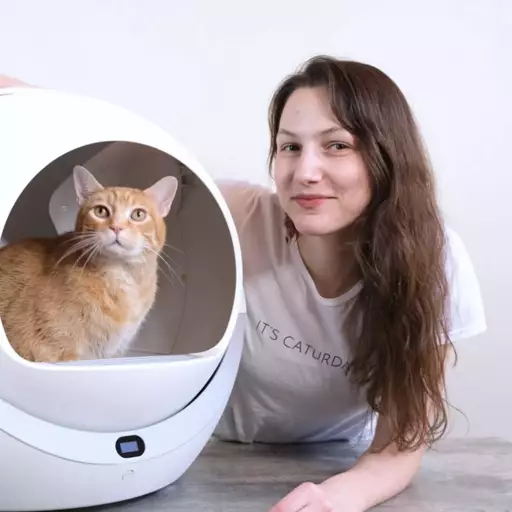Seizures in Cats : Causes, Types, & Treatment
Quick Guide
Just like in humans, seizures in cats are the multiple misfiring of nerves in the brain. Seizures in cats can be mild or severe and can last for only a few seconds to several minutes.
Contrary to what some people think, seizure is not a disease. It is a symptom some individual shows when something wrong happens in the brain. The disorder in which an individual experiences recurring seizures is called epilepsy.
Seizures happen when there are uncoordinated firings of the neurons in the brain. This abnormal firing usually takes place in the brain’s cerebrum.
What are the possible causes of seizures in cats?
Just like in humans and other creatures, seizures in cats may be caused by different conditions including:
- Hyperglycemia (high blood glucose levels),
- Hypoglycemia (low blood glucose levels),
- Congenital defects,
- Kidney problems,
- Low oxygen levels in blood,
- Liver problems,
- Ingestion of poisons or toxins,
- Brain damage caused by trauma on the head,
- Poor blood flow in the brain,
- High fever,
- Primary or idiopathic epilepsy.
Are there different types of seizures?
Yes, there are different types of seizures.
Partial Seizures
There is something we call partial seizures, which only affects a small part of the body – like the legs. Partial seizures are said to be caused by lesions in the brain.
Generalized Seizures
Generalized seizures are the type of seizures that affect the whole body. There are two types of generalized seizures which are:
- Grand mal – This is the most common type of seizures. A cat having a grand mal seizure falls on her side and kicks or paddles with her legs uncontrollably. A cat having a grand mal seizure may salivate profusely and/or urinate or defecate without knowing it. Grand mal seizures sufferers are not aware of what’s happening.
- Petit mal – Unlike grand mal seizures, petit mal seizures sufferers do not experience convulsions and involuntary muscle movements. Affected individuals only lose consciousness and collapse.
Status Epilepticus
This is the worst type of seizures. Status Epilepticus is the term used when the cat experiences one or more grand mal episodes without stopping or even recovering from the first episode. This type of seizure may go on for hours. Seizures are not life threatening itself unless he experiences Status Epilepticus.
Read: Urinary Tract Diseases in Cats
How do seizures in cats progress?
Seizures in cats have phases and you will notice when a cat has an episode.
Pre-Seizure Phase
The pre-seizure phase is what we call the aura. During this phase, the cat may look uneasy and restless. He may also salivate, try to seek attention or affection, or hide. The cat may show these signs minutes before the seizure begins.
Ictus
The time of the actual seizure is called the ictus. During this stage, the cat may look excited, salivate, vomit, collapse, run around in circles, before having an uncoordinated muscle activity. This usually lasts for less than 5 minutes.
Post-Ictal Stage
The Post-Ictal stage is when the cat recovers after the seizure. The affected cat may still look disoriented and possibly temporarily blind. This stage may last several minutes to a few days.
What do cats feel when they experience seizure?
Cats do not really feel anything or know what’s happening during the actual seizure. But they can feel the seizures coming and the sensation can be scary for them, so they either hide or seek their owner’s affection for comfort.
How are seizures in cats treated? What should you do if your cat having a seizure?
Because seizure is only a sign or symptom, it cannot be treated unless the root cause or disease associated with it is identified and dealt with. But there is always something you can do to help your cat when he experiences seizure.
- Stay calm and do not attempt to put your hand in your cat’s mouth.
- Remove any sharp or hard objects near your cat.
- If your cat is having an episode on the bed, chair, or any elevated area, it’s best to lower him down on the floor or carpet. This way, your cat will avoid getting injured from falling.
- Take children and other pets out of the room.
- Observe your cat and call your veterinarian in case something else goes wrong or if the seizure lasts more than three minutes – or if your cat experiences continuous seizure.










